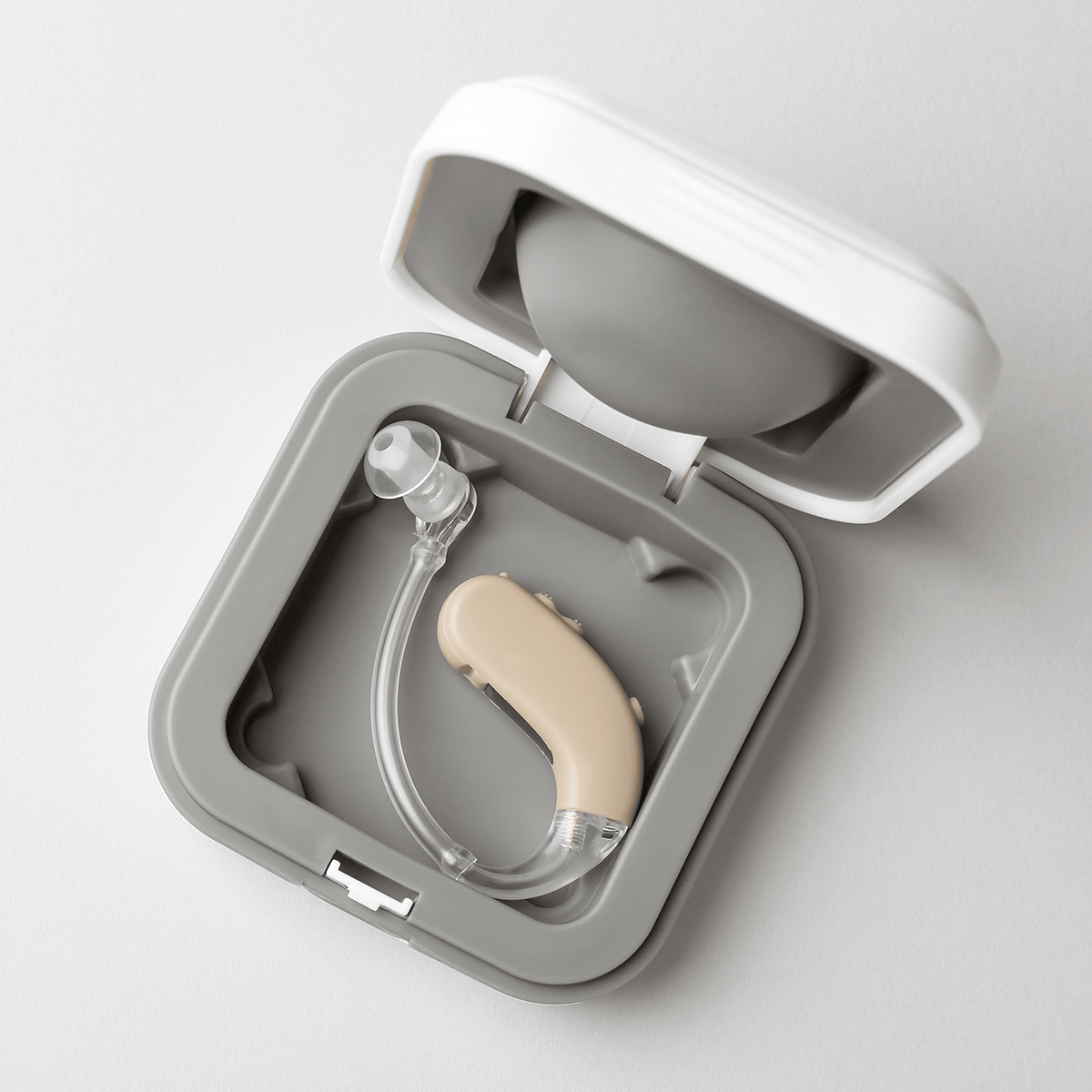Creating a Hearing-Friendly Environment at Home

Key Takeaways
- Small changes to your home can make a big difference for people with hearing loss.
- Reducing background noise is crucial for creating a deaf-friendly home.
- Improving your lighting can help people with hearing loss see and understand facial expressions and lip movements more clearly.
- The right in-home communication devices can help bridge communication gaps.
- Creating a deaf-friendly house benefits everyone, not just those with hearing loss.
Caring for someone with hearing loss can be challenging, but by making thoughtful changes and using hearing-impaired devices, you can create a home where communication is easier and everyone feels connected and included.
Understanding Hearing-Friendly Spaces
Creating a hearing-friendly home requires paying attention to how sound moves through your space. Your goal as a caregiver is to make it easier for your loved one to hear and understand conversations. Several common factors affect hearing at home, including background noise from appliances, TVs, or outside traffic, which can interfere with clear communication.
Echoes from hard surfaces, such as tile floors or bare walls, can also distort sound. Additionally, room layout and furniture placement determine how well voices carry and whether people can see each other clearly. Good lighting is crucial since it helps with lip reading and visual cues. The distance between people when talking can also significantly impact how well they can hear and understand each other.
Even small changes in these areas can make your home more comfortable and supportive for someone with hearing loss.
Strategies for Reducing Noise
Background noise is one of the most significant challenges for individuals with hearing loss, even with the use of hearing aids.
These tips can help create a quieter home and a stress-free communication environment:
- Add soft materials like rubber caps on chair legs, rugs, and fabric placemats to reduce everyday noise
- Turn off TVs and radios when not actively using them
- Close windows during loud outside activity or consider soundproofing in very noisy neighborhoods
- Replace noisy appliances when possible
- Focus on quieter daily habits like gentler dishware handling
Improve Your Home Acoustics
Hard surfaces cause echoes that make speech harder to understand. Adding soft materials absorbs sound, making conversations clearer.
Here are some ideas:
- Use curtains instead of blinds
- Place bookshelves against walls to break up sound waves
- Use area rugs or add carpeting on hard floors
- Buy soft furniture and use throw pillows
- Hang fabric art or acoustic panels on walls
Encourage Effective Communication Habits
Creating a deaf-friendly house isn’t just about changing the space. The way you communicate could also improve the environment. As a caregiver, developing better communication habits makes conversations much easier for your loved one.
Focus on getting your loved one’s attention before speaking and face them directly so they can see your lips and expressions. Keep your hands away from your face when talking, and speak clearly without shouting, which can distort words and make them harder to understand.
If they don’t understand something, try rephrasing instead of simply repeating the same words. Also, make sure to turn down background music or the TV before meaningful conversations, be patient during exchanges, and take turns speaking rather than talking over each other. Most importantly, ask how you can help make communication easier, since their input will guide you toward the most effective approaches for your specific situation.
Choosing the Right Technology to Support Communication
Today, many in-home communication devices can make communication easier. Useful devices you can consider are:
- Flashing doorbells that light up when someone’s at the door
- Vibrating alarm clocks and timers
- TV listening systems that send sound directly to hearing aids
- Smart home systems that show alerts on screens
Also, consider a caption phone to improve communication. ClearCaptions Phones are specifically designed for seniors and individuals with hearing impairments. Using special technology, they provide near-real-time captions on a screen attached to the phone.
Frequently Asked Questions
Investing in hearing-impaired devices for home use is one way to support your loved one. Here are some other frequently asked questions about creating a positive communication environment.
How can lighting impact communication for someone with hearing loss?
Good lighting is important for people with hearing loss to communicate effectively. Being able to clearly see facial expressions, lip movements, and hand gestures helps them to better understand conversations.
Can home layout really affect hearing and communication?
Yes! Open floor plans help your family members stay connected during daily activities. Round or oval tables make it easier for everyone to see each other’s faces during conversations.
Consider setting up a quiet conversation corner with comfortable chairs facing each other, away from noisy appliances like refrigerators or dishwashers. Arranging furniture to support face-to-face conversations helps make your home more hearing-friendly without the need for extra devices.
How can I help a family member with hearing loss feel more comfortable at home?
- Start by asking what helps, since every person’s hearing loss is different. Reduce background noise during conversations and make sure they can see your face when you speak. Always include them in family discussions, and be patient if communication takes longer. These simple changes create a more comfortable home environment and show your respect for their needs.
Creating a welcoming, deaf-friendly home shows your care and respect. Hearing loss can be frustrating and isolating, but your efforts make a big difference in your loved one’s life.







